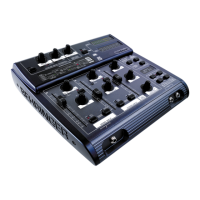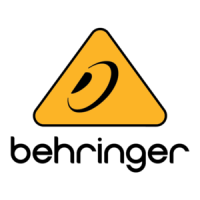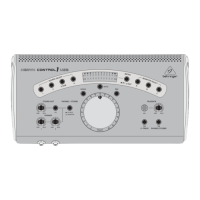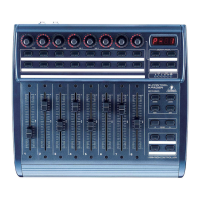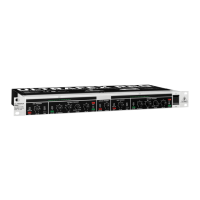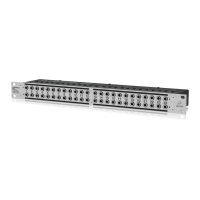3
SPECIFICATIONS
Analog Audio Inputs
Connectors XLR- and 1/4" jack
Type servo-balanced Input with RF rejection
Impedance 50 kOhm balanced, 25 kOhm unbalanced
Max. Input Level +21 dBu balanced and unbalanced
CMRR typ. 40 dB, >55 dB @ 1 kHz
Analog Audio Outputs
Connectors XLR- and 1/4" jack
Type DC-decoupled, servo-balanced output stage
Impedance 60 Ohm balanced, 30 Ohm unbalanced
Max. Output Level +16 dBu balanced and unbalanced
System
Bandwidth 20 Hz to 20 kHz (+0/-0.5 dB)
Signal to Noise Ratio 103 dB unweighted, 22 Hz to 22 kHz
THD+N 0.004 % @ 1 kHz / +4 dBu
Crosstalk < -103dB, 22 Hz to 22 kHz
Bypass
Type relay-controlled bypass
Reference Microphone Input
Type servo-balanced Input
Impedance 2 kOhms
Nominal Operating Level -60 dBu to 0 dBu
Max Input Level +1 dBu
Phantom Power +15 V
Digital Audio Input (Option)
Type AES / EBU transformer-balanced
Impedance 10 kOhms balanced
Nominal Input Level 3 - 10 V peak to peak
Digital Audio Output (Option)
Type AES / EBU transformer-balanced
Impedance 100 Ohms balanced
Output Level 5 V peak to peak
MIDI Interface
Type 5-Pin DIN-socket In / Out / Thru
Implementation Refer to MIDI Implementation Chart
Digital Processing
Converters 24-bit Sigma-Delta
Sampling Rate 48 kHz, 44.1 kHz, 32 kHz
Graphic Equalizer (GEQ)
Type Digital 1/3 octave Equalizer
Frequency Range 31 filters on ISO center frequencies, from 20 Hz to 20 kHz
Bandwidth AUTO-Q, variable, gain dependent
Boost / Attenuation variable from +16 to -16 dB in steps of 0.5 dB (true response)
Parametric Equalizer (PEQ)
Type 3 independent filters per channel
Frequency range 20 Hz to 20 kHz, adjustable in steps of 1/60 octave
Bandwidth 1/60 to 2 octaves, adjustable in steps of 1/60 octave
Gain variable from +16 to -48 dB in steps of 0.5 dB
FEEDBACK DESTROYER (FB D)
Type DSP-controlled Digital Signal Analysis
Filter 3 independent, digital Notch Filters per channel, user selectable as fixed or
dynamic filters for automatic Feedback Suppression
Frequency Range 20 Hz - 20 kHz, adjustable in steps of 1/60 octave
Bandwidth 2/60 to 12/60 octaves, depending on the characteristic of the feedback
Attenuation up to -48 dB, depending on the gain of the feedback

